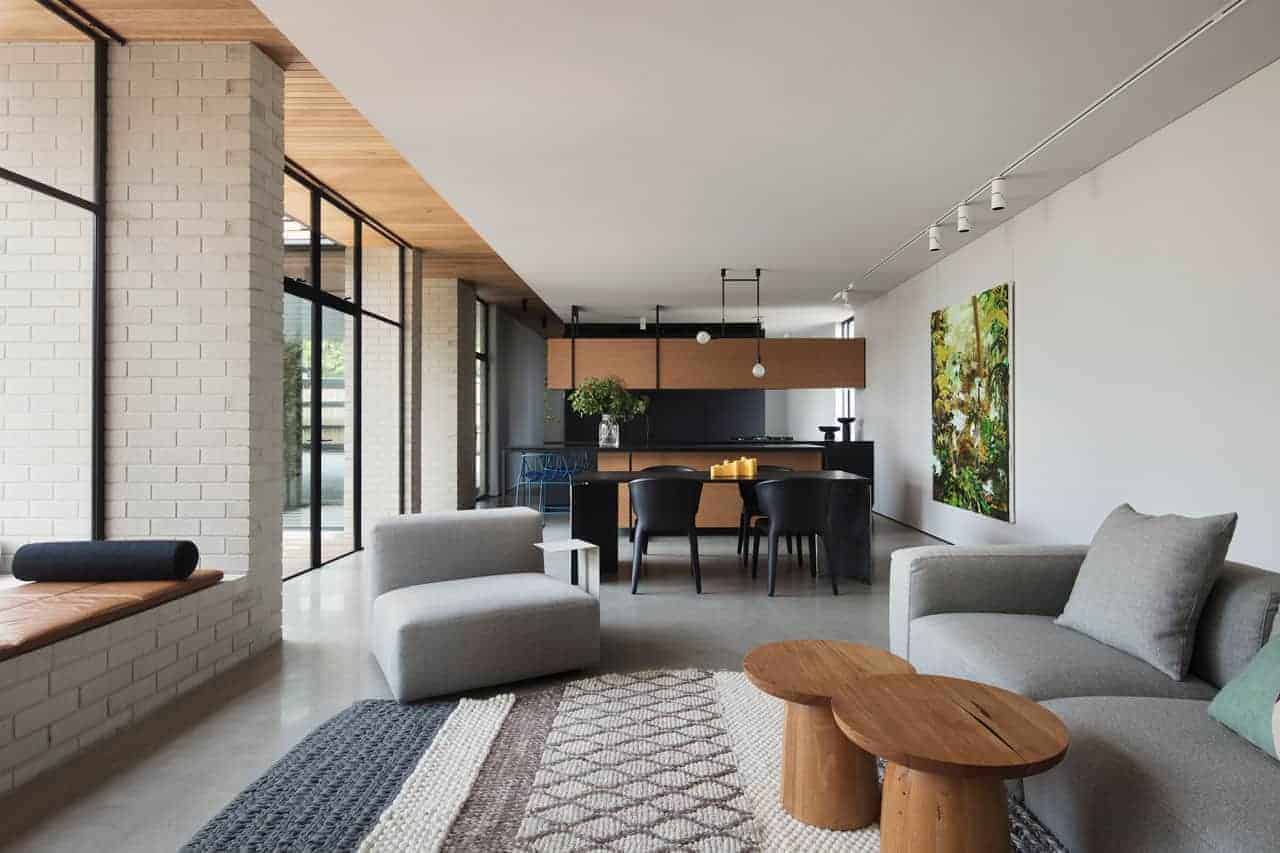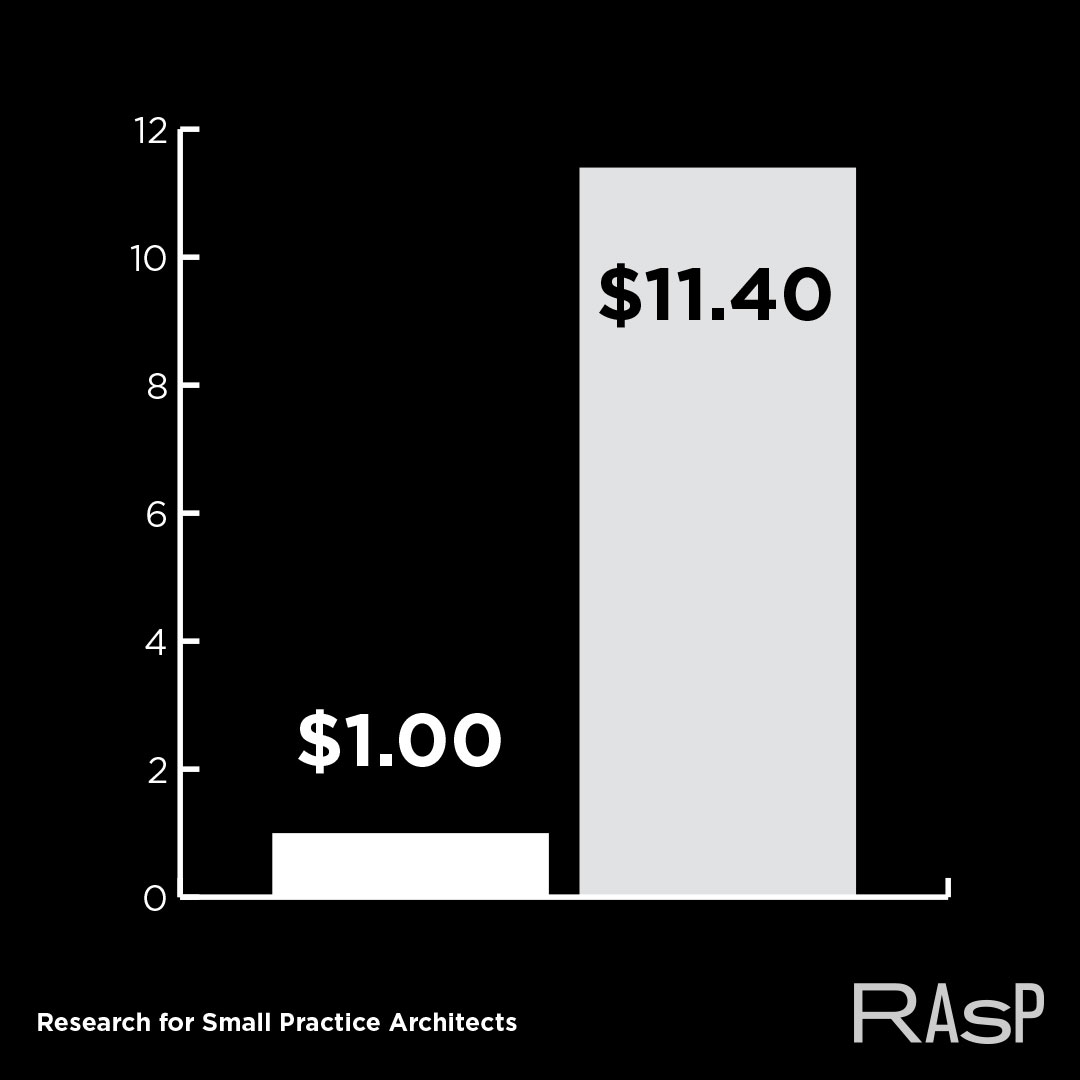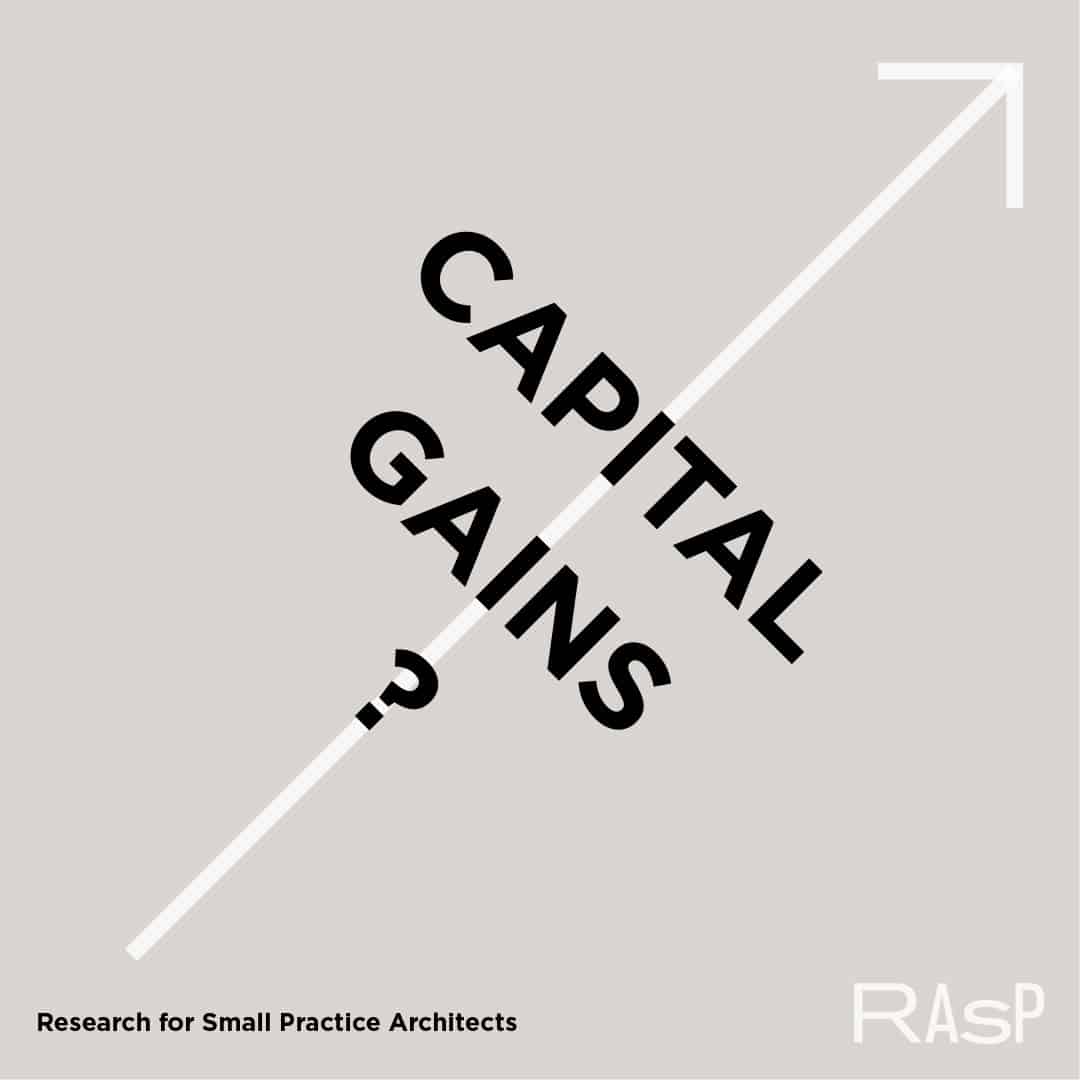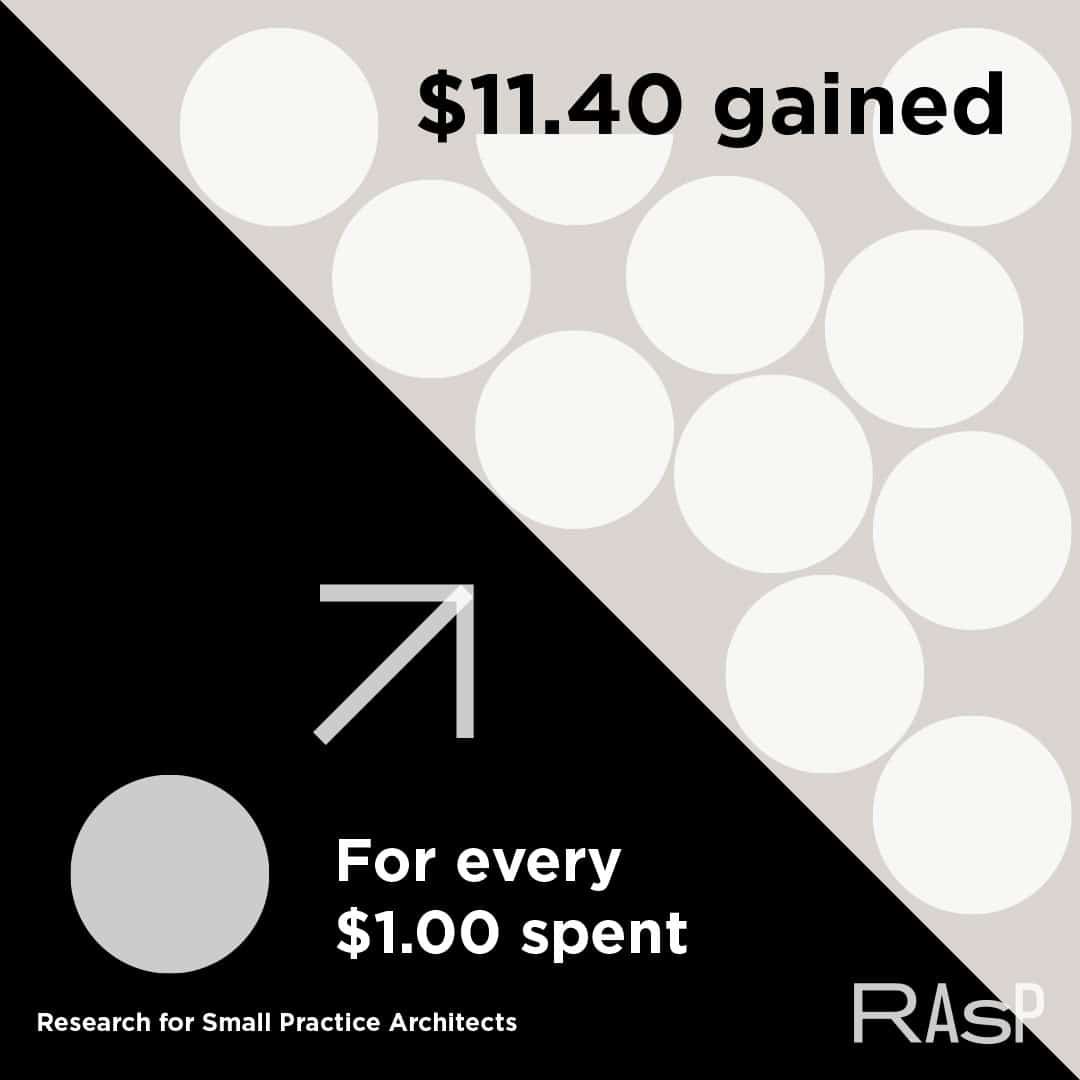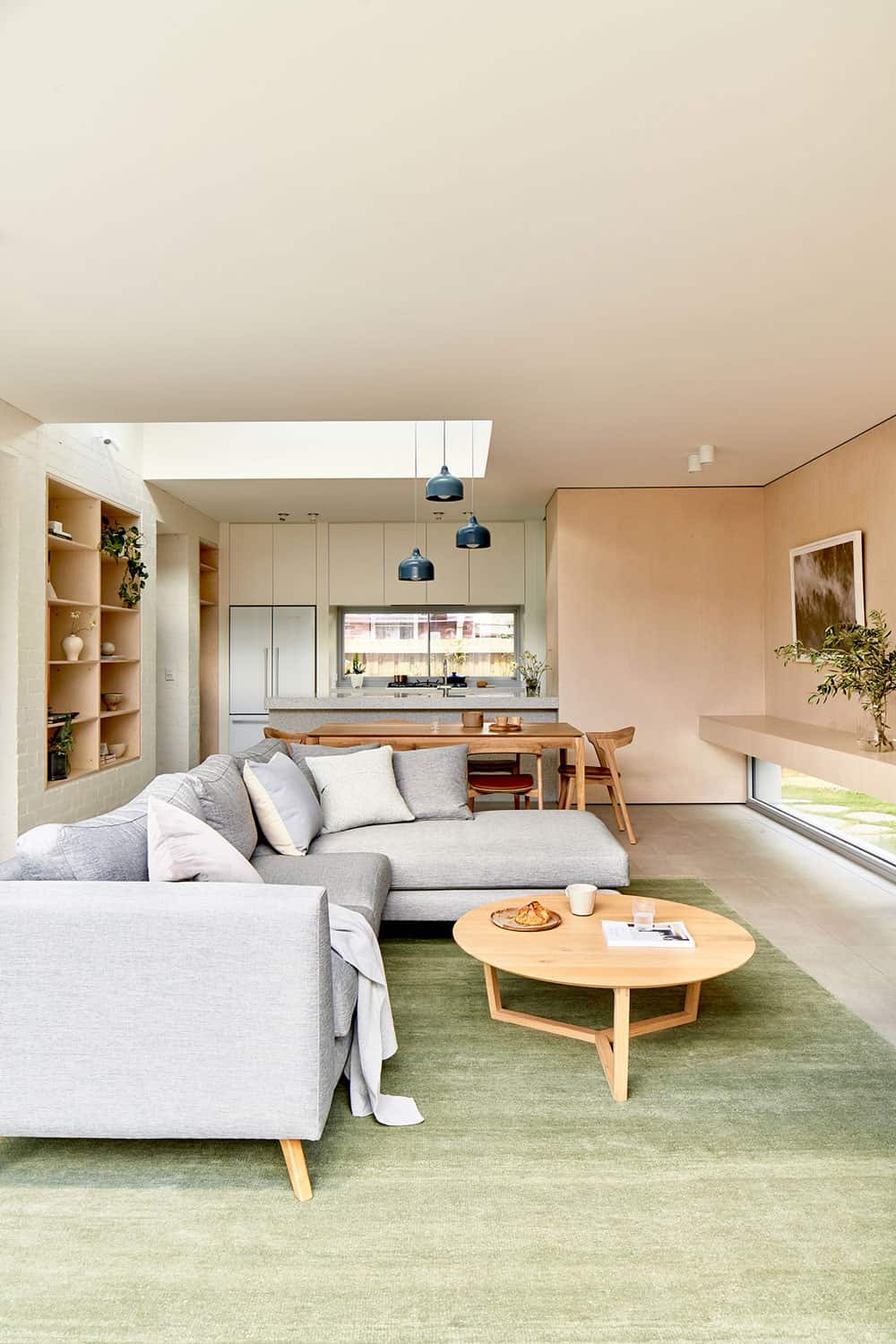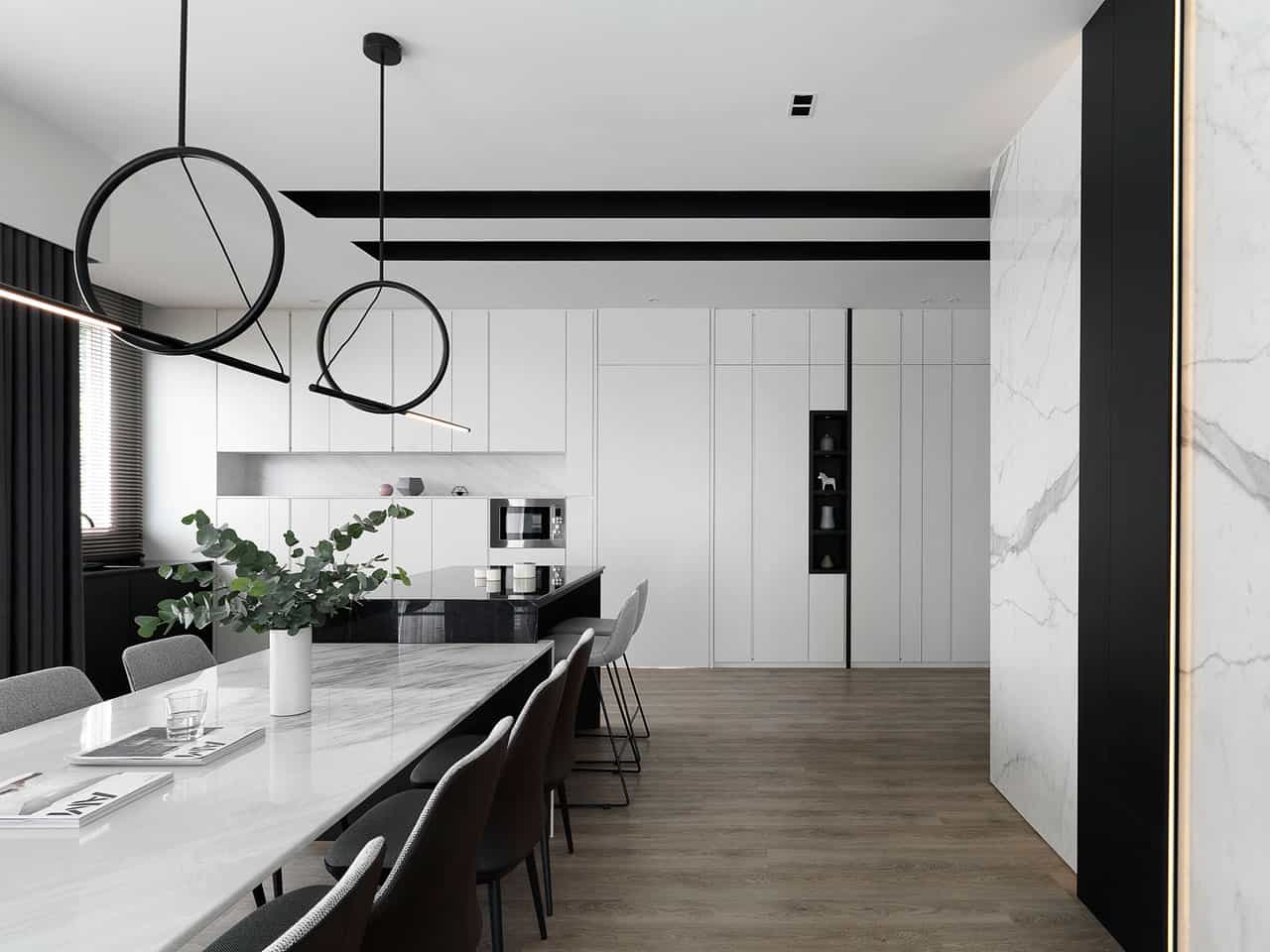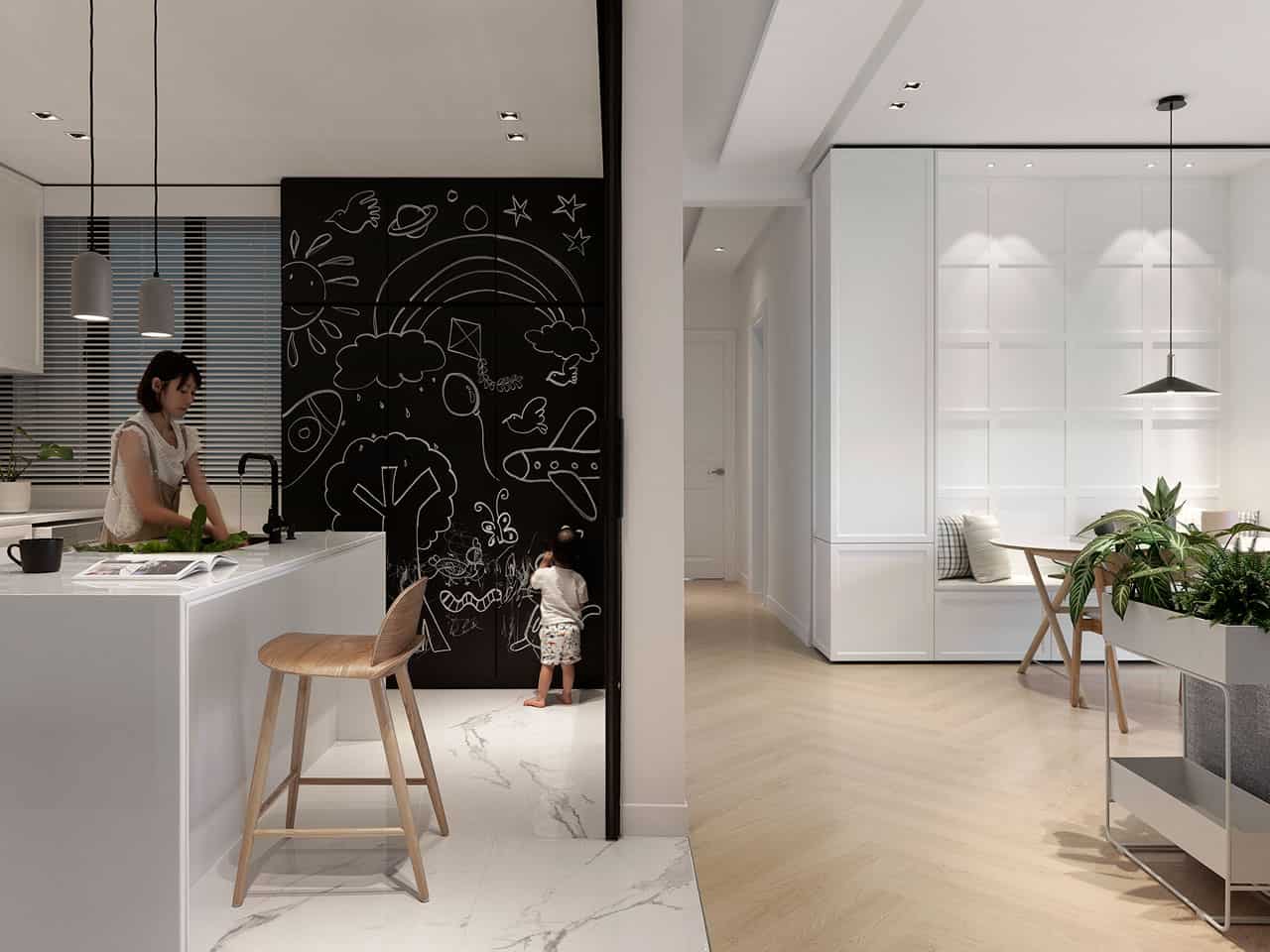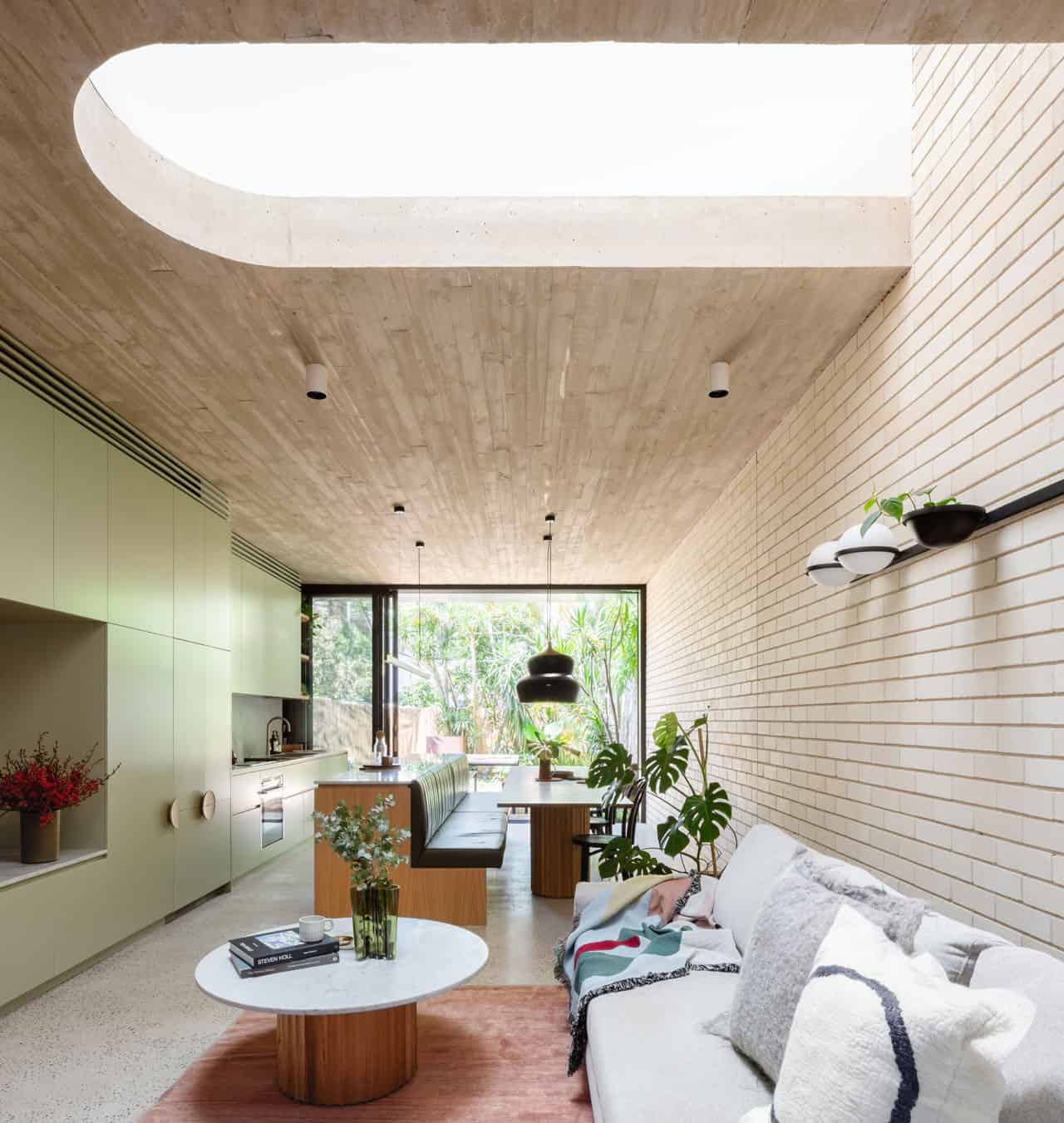Launched on Thursday 19 November the Research for Architects in Small Practice (RAsP) report provides consumers with the long awaited answer to the question - Are architects worth it?
In 2018 ArchiTeam Cooperative, in conjunction with the University of Melbourne, undertook the first-ever crowdfunded research for small practice architects - Research for Architects in Small Practice (RAsP).
RAsP’s first research topic was: “Do small practice architect designed renovations improve capital gains in the Melbourne residential property market?” Examining the financial impact small practice architects have on the properties they transform.

This groundbreaking research from the Melbourne School of Design at the University of Melbourne, and the ArchiTeam Cooperative finds architect-designed homes financially outperform the alternative.
Over the past few decades, Australia has embraced property investment and renovating to the point of national obsession. We love watching our renovation shows, following the property market, and making improvements to our homes. For those of us considering a renovation, a key decision can make a significant difference to the value of our renovated property. That decision is: should I use a registered architect?
For many people contemplating renovations to their home, deciding to use an architect can be a difficult choice. “Architects are frequently dismissed as being an expensive luxury rather than a critical part of a successful renovation,” explains ArchiTeam CEO, Phoebe LaGerche-Wijsman. “Architects and design-savvy home-owners have always innately understood the value of design, but have rarely had evidence to support it.” That is until now. New research from the Melbourne School of Design at the University of Melbourne has found that using an architect for your renovation leads to better resale values and higher capital gains in the long run.
To tackle the issues, lead researcher, Dr Peter Raisbeck, was asked: ‘Do renovations by small-practice architects improve capital gains in the Melbourne residential property market?’ The answer from the detailed research project was a resounding yes; houses that are renovated by architects increase in value 1.2% per annum more quickly than those that are renovated without an architect. Whilst that 1.2% might not sound a lot, for a house with the median price of $1.2 million dollars this amounts to a substantial $256,000 increase in value over ten years. This suggests that the design quality achieved in renovations designed by architects is valued by prospective buyers when the property is eventually put on the market.
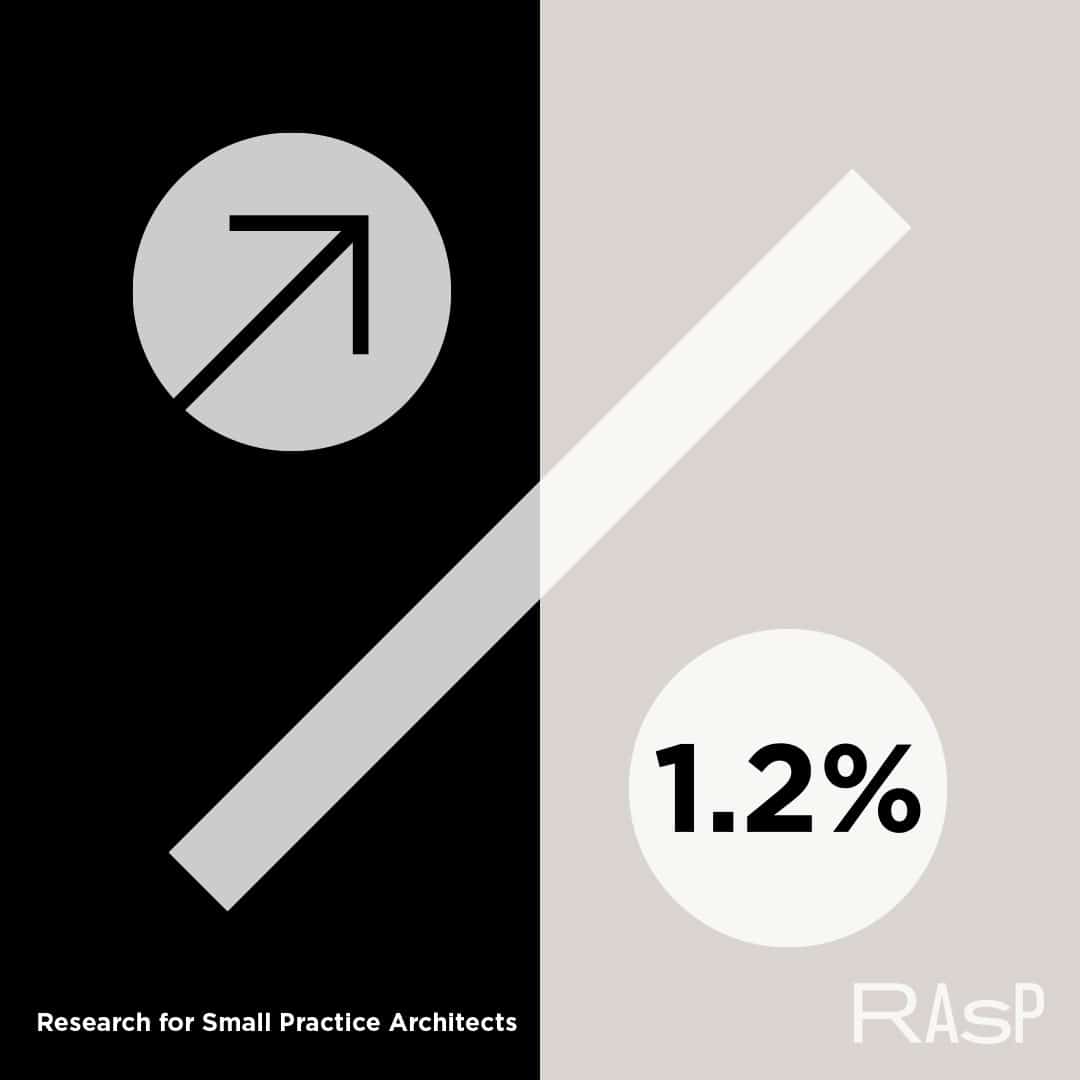
This groundbreaking study is the first of its kind to look specifically at the value that architects bring to house renovations in Australia. The research project compared two groups of properties: those that had been renovated with an architect, and those that had not. To be included in the study the houses must have been single detached dwellings, with two or three bedrooms, that had been renovated and then sold after the year 2000.
Efforts were made to ensure that the two groups of projects were directly comparable by taking factors such as building materials, planning overlays, land size and shape into consideration.
The research process also led to a key finding in regards to fees for architectural services. For every dollar that was spent on engaging an architect, the property gained $11.40 in capital appreciation. For example, on architects fees of $10,000, the added value after ten years would be an impressive $114,000. So, whilst architectural services fees might seem high when compared with going it alone, the value returned on this investment in the long term is much higher.
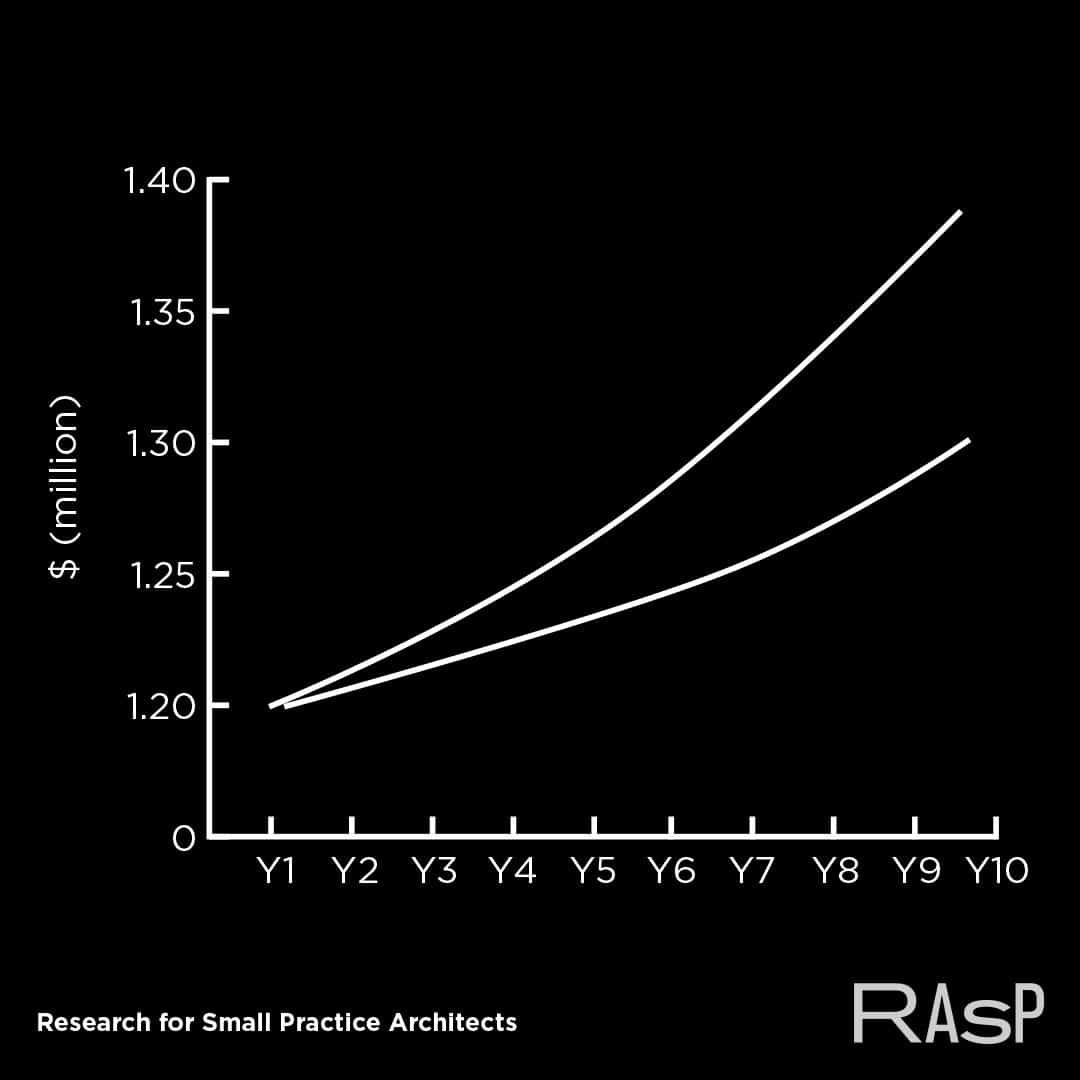
For those considering adding that working-from-home study, or first-storey extension, the first person to talk to is a registered architect. It might cost a little more up front but investing in professional expertise and great design represents a healthy return on investment.
“This research confirms that value, not just of architects, but specifically small-practice architects,” says LaGerche-Wijsman. “Small practices – and those that share the philosophy of small-practice architecture – are uniquely placed to deliver value for money, without compromising on design principles. Small practices are the back-bone of the architecture sector in Australia, providing a valuable role in advocacy; community engagement; and as has been proven through this study, substantial financial benefits for homeowners.”
